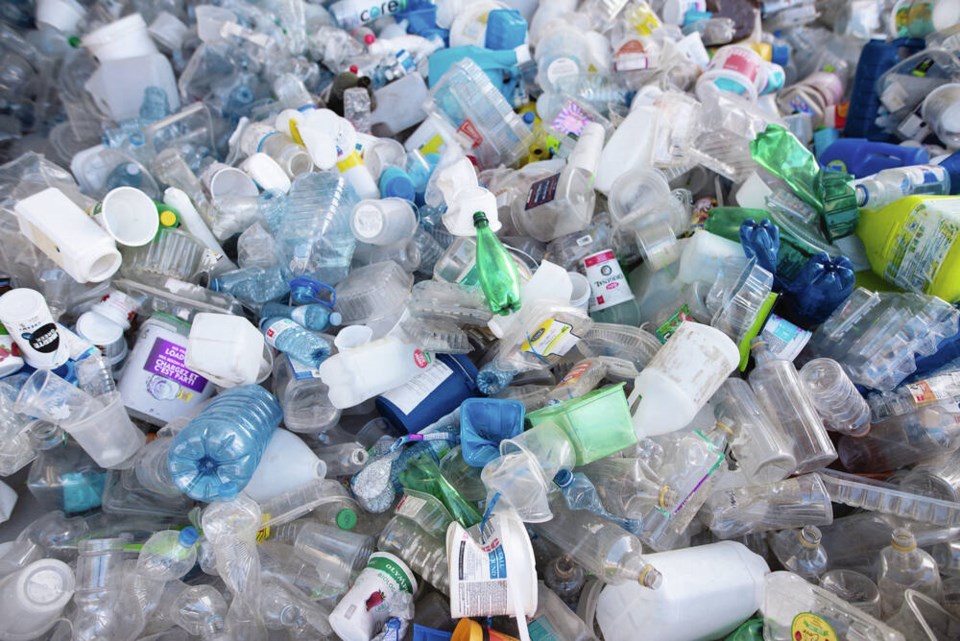Monday is Earth Day, and the theme this year is Planet vs. Plastics.
This is timely, because Tuesday marks the start of a week-long session in Ottawa of the Intergovernmental Negotiating Committee on Plastic Pollution.
So this week, I begin to look at the plastics industry as yet another example of an industry that harms people and planet in pursuit of profit.
Set up by the UN Environment Assembly, the committee’s task is “to develop an international legally binding instrument on plastic pollution, including in the marine environment.”
This is intended to take “a comprehensive approach that addresses the full life cycle of plastic, including its production, design, and disposal” and should be ready by the end of this year.
It can’t come too soon.
According to the UN Environment Programme (UNEP), on its “Our planet is choking on plastic” website, the world produces an estimated 400 million tonnes of plastic waste every year.
This will grow to one billion tonnes by 2052 if we carry on as we are.
Since the 1970s, UNEP adds, “plastic production has grown faster than that of any other material.”
For example, an astounding one million plastic bottles are purchased every minute worldwide — yes, that is every minute — and up to five trillion — yes, trillion, which is one thousand billion — plastic bags are used each year, according to the UNEP.
Making and distributing all that plastic takes a lot of fossil fuel — “98 percent of single-use plastic products are produced from fossil fuel,” notes the UNEP — and a lot of energy.
“The level of greenhouse gas emissions associated with the production, use and disposal of conventional fossil fuel-based plastics is forecast to grow to 19 per cent of the global carbon budget by 2040,” UNEP says.
All that plastic has to go somewhere, but not much is recycled — less than 10 per cent, according to the UNEP.
About half goes into landfills, while just under 20 per cent is incinerated (which, if done poorly, can create some very toxic chemicals, such as dioxins and furans — potent cancer-causing and fetus-damaging chemicals).
Almost a quarter is mismanaged, which means, in practice, “materials burned in open pits, dumped into seas or open waters, or disposed of in unsanitary landfills and dumpsites,” notes Our World in Data.
As a result, a lot of it ends up in our oceans. The UNEP estimates that 75 to 199 million tons of plastic are currently in our oceans.
As of 2016, we were adding about 9-14 million tonnes per year, but the UNEP estimates this could double or triple to 23-37 million tonnes per year by 2040.
The problem with plastic, the UNEP notes, is that it is very durable and resistant to degradation, which makes plastic “nearly impossible for nature to completely break down.”
So it floats around, ends up on beaches or sinks to the bottom, and in all of those settings, it can be mistaken for food and eaten by marine life and birds, or in the case of large nets, can ensnare fish or drown birds, turtles and air-breathing mammals.
But all that plastic does not stay floating around in large pieces. Instead, it is broken down into tiny nano-particles, which then enter the food chain.
An April 7 article in this newspaper reported that “earlier this year, UBC and Ocean Wise scientists found that plastics can harm or even kill zooplankton, reducing a food source for many types of fish, including salmon.”
It’s bad enough that plastics add considerably to global heating and are a threat to marine life.
But just as with persistent chemicals, which I discussed last week, our plastics will come back to haunt us in other ways.
They contain, can give rise to or absorb some very toxic chemicals and, we now know, they break down into nano-particles that end up in our bodies.
The combination of toxic chemicals and nano-particles takes us into very uncharted waters in terms of health impacts.
Next week, I will look in more depth at the health implications of plastics, at the way the industry has covered up these problems, and how governments and the international community need to respond.
Dr. Trevor Hancock is a retired professor and senior scholar at the University of Victoria’s School of Public Health and Social Policy




